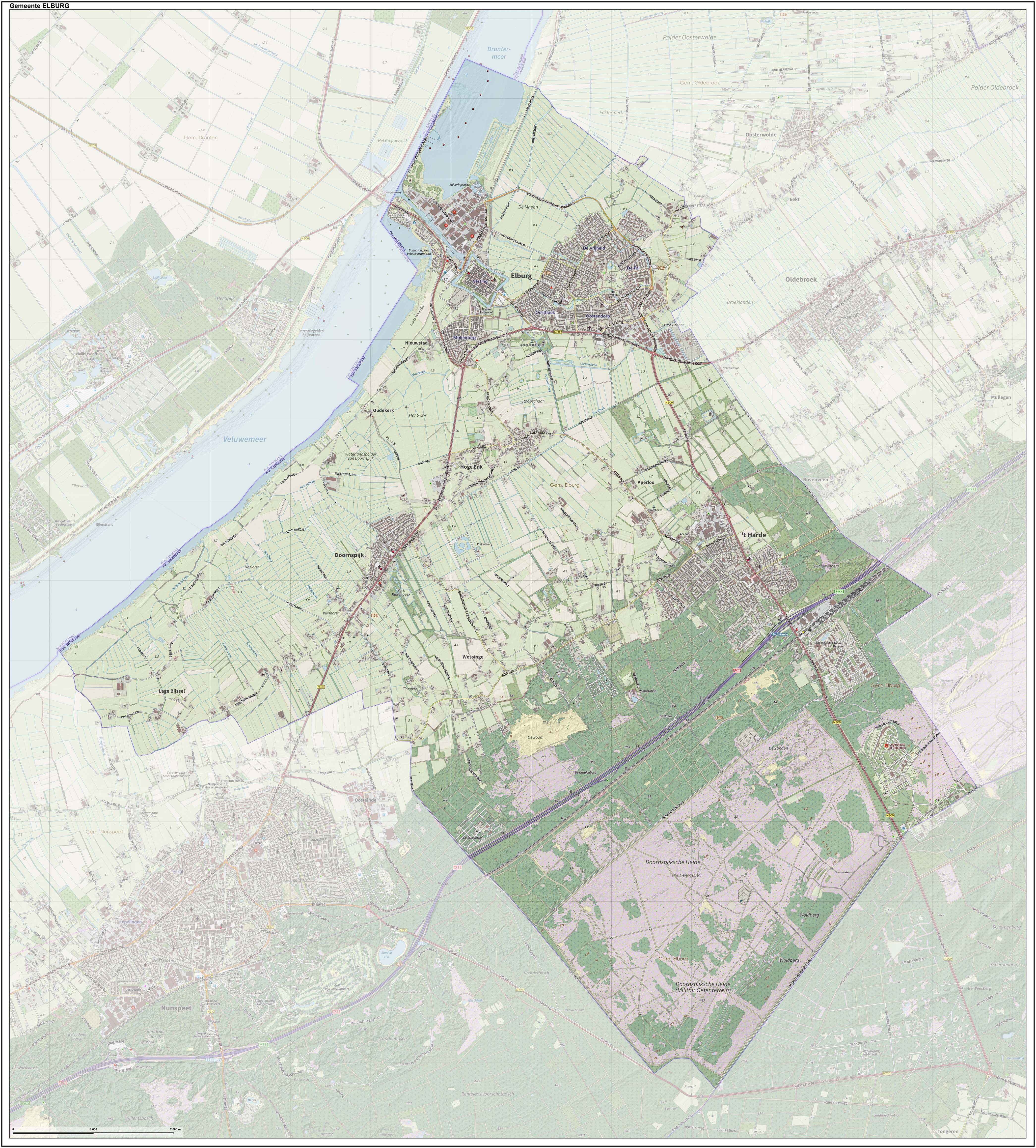|
Jacob Jan Van Der Maaten
Jacob Jan van der Maaten (4 January 1820 in Elburg – 16 April 1879 in Apeldoorn) was a Dutch painter and etcher. Van der Maaten was a pupil of Hendrikus van de Sande Bakhuyzen and studied at the Royal Academy of Art, The Hague. In 1852 he became a member of the Royal Academy of Fine Arts in Amsterdam. Later, Van der Maaten became teacher at the so-called King's School in Apeldoorn (1866–1879). Van der Maaten was a landscape painter who captured summer landscapes in bright colors (much green and manganese blue), usually with some figures and cattle. He worked in The Hague (1843–1852), Amsterdam (1854–1855), The Hague (1857–1864) and in Apeldoorn (until 1879). Van der Maaten was one of the founders of Pulchri Studio in The Hague, along with Jan Hendrik Weissenbruch, Jan Weissenbruch, Willem Roelofs, Jan Frederik van Deventer, Willem Antonie van Deventer and FH Michael. Van der Maaten's masterpiece was “Begrafenis in het koren” (Burial in the cornfield), which in 18 ... [...More Info...] [...Related Items...] OR: [Wikipedia] [Google] [Baidu] |
Elburg
Elburg () is a municipality and a city in the province of Gelderland, Netherlands. History There is evidence of a Neolithic settlement at Elburg consisting of stone tools and pottery shards. From Roman times there are names and shards of earthenware which suggest that there was an army camp at the site of Elburg. The earliest extant written record of Elburg is from 796 AD. Between 1392 and 1396 Elburg was rebuilt with a moat and a city wall, together with a gridiron street plan. This rapid rebuilding was expensive, indicating that Elburg was reasonably affluent in medieval times. Several records of Elburg date back to the 14th century. Elburg was granted town status probably by Count Otto II In the 13th century. There is a record that Elburg got its fishing right granted in 1313. In 1367 the city was recorded as a member of the Hanseatic League. At the end of the 16th century new moats and higher ramparts were built because of the improved war-techniques. Throughout the centur ... [...More Info...] [...Related Items...] OR: [Wikipedia] [Google] [Baidu] |
